Alkali Desert
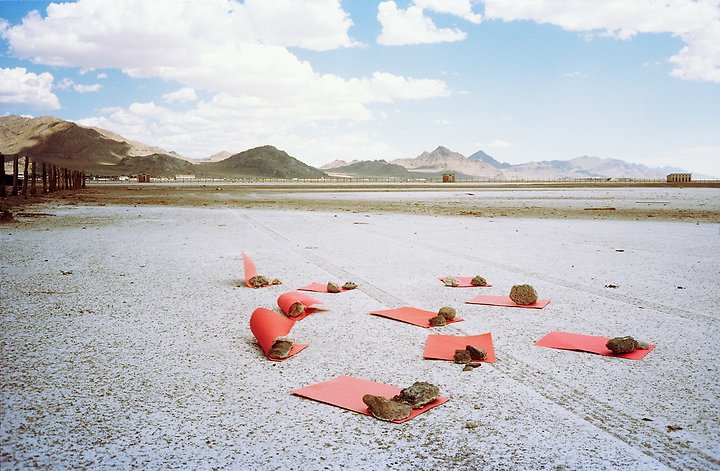
Displacement 1, 2011
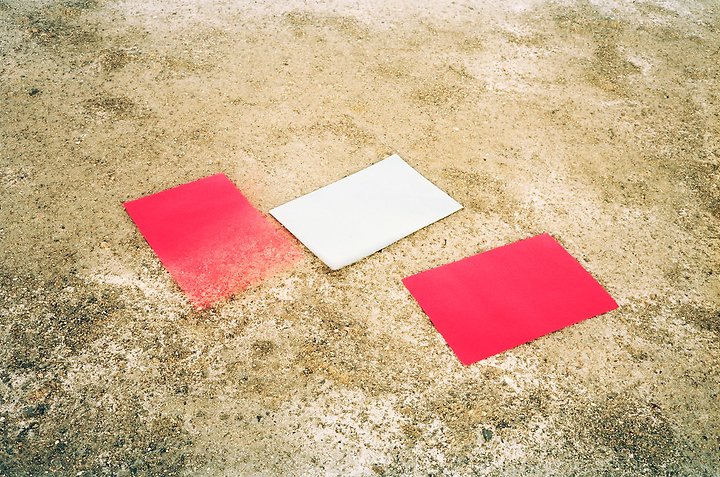
Three Boards, 2011

Displacement 2, 2011
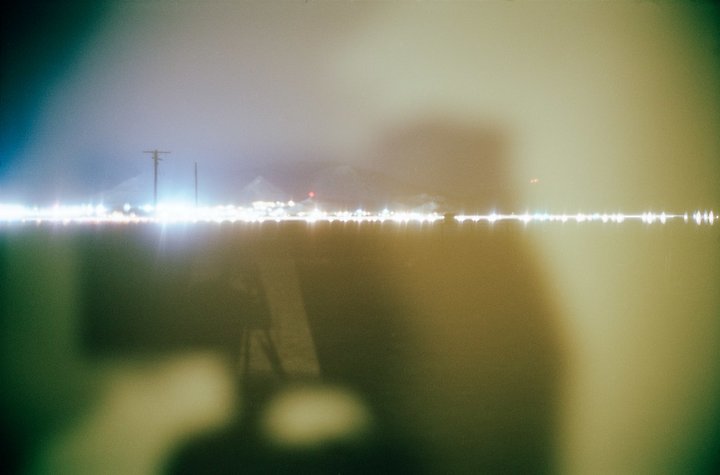
Runway 2, 2011
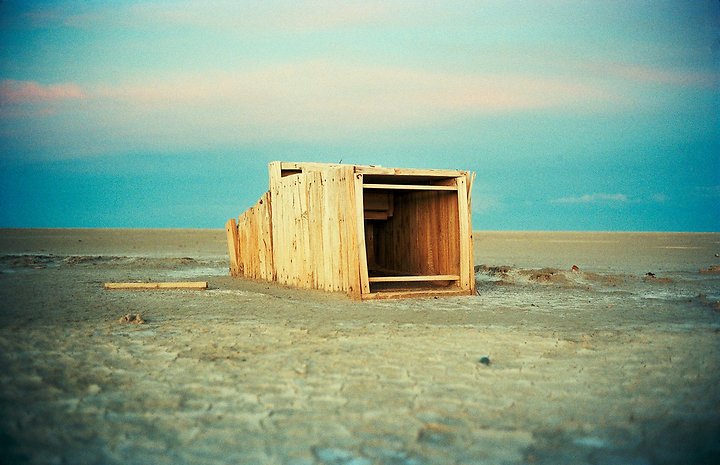
Small House 1, 2011
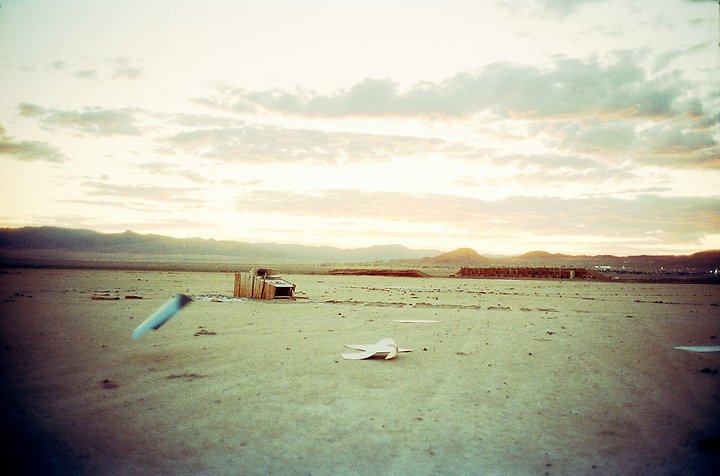
House with Boards, 2011
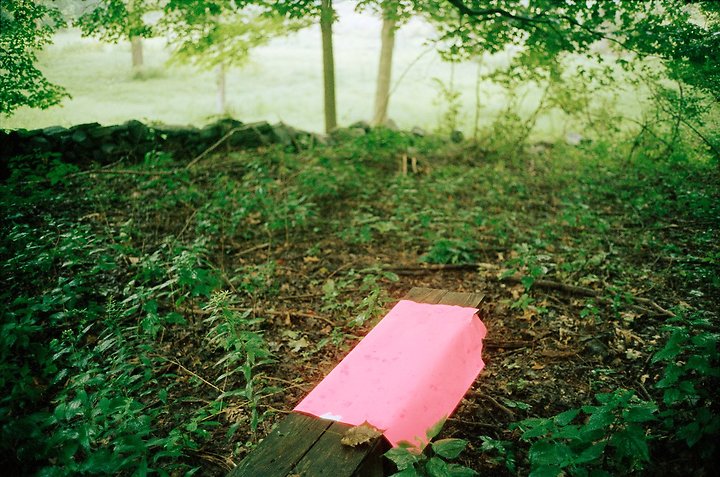
Late Summer, 2011
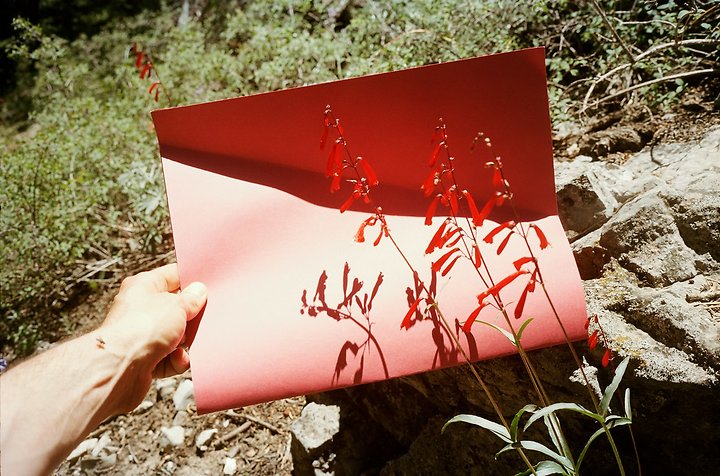
Goshute Ridge, 2011
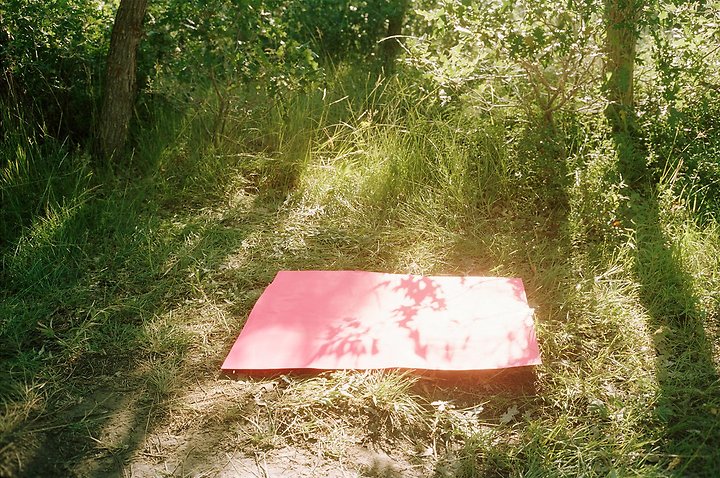
Price Canyon, 2011
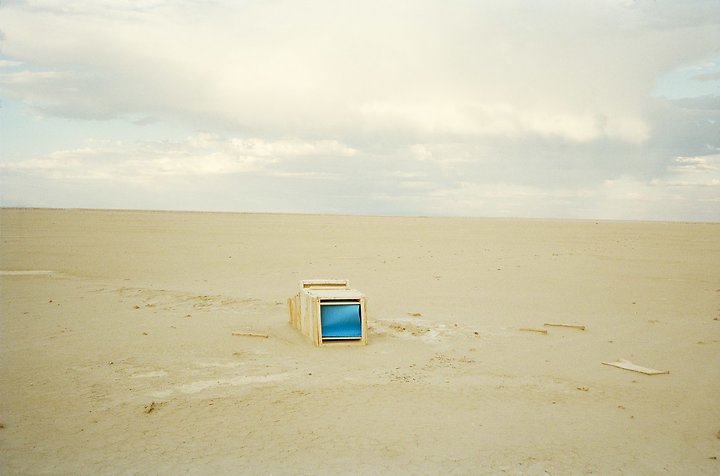
Small House 2, 2011
During Dan Torop’s 2011 residency at the Center for Land Use Interpretation’s Wendover site, he retraced Mark Twain’s 1861 journey across Utah’s alkali desert. Twain’s narrative of this trip is a significant early piece of nature writing about the western American deserts. Twain details the privations (heat, dust, thirst, monotony, solitude) of crossing the desert by stagecoach – utterly different from his romantic preconceptions.
Situated sixty miles north of Twain’s route, Wendover airfield also lies in an alkali desert. Mindful of Twain’s travels, Torop made photographs here documenting both the desert and objects passing through it.
A presentation of materials is now on display at the Center for Land Use Interpretation's Exhibit Hall Three in Wendover, Utah. Previously the images were displayed in the CLUI Exhibit Hall One.
Here is a view of that installation:

Tops Gallery in Memphis, TN showed images from Alkali Desert in 2013-14.

Here is the press relase for Tops Gallery show:
Dan Torop: Alkali Desert
“Time is moving like a motherfucker. So what you gonna do?”
– Mark Twain, Roughing It
Tops Gallery is pleased to present Dan Torop’s Alkali Desert. These photographs arose from Torop’s obsession with Chapter XVIII of Mark Twain’s memoir, Roughing It. Recounting a stagecoach journey across western Utah, Twain enlivened an otherwise dull stretch by vividly contrasting his romantic notion of desert travel with the cruel reality of the actual journey.
One hundred and fifty years later, Torop followed Twain’s route, which is still traceable and is still quite remote. Sustained exposure to the desert made something go haywire in Torop’s mind. Perhaps it was a madness caused by the alkali desert’s proximity to Robert Smithson’s Spiral Jetty, and the memories this provoked of Smithson’s mirror displacements. Regardless, Torop drove to Los Angeles, obtained twenty sheets of posterboard, and returned to the desert.
The western Utah desert is a site on which people inscribe. Whether artists, the military, or casino developers, visitors desire to mark this space. Torop marked it with posterboard – sometimes chasing the posterboard by bicycle when it flew away due to high winds. Alkali Desert is a result of this work.
This show consists of color photographs made in western Utah but also some displaced to the Hudson River Valley, near where Twain wrote many novels. These images were made in 2011 and 2012 with a film camera, and are presented as framed 18″ x 12″ inkjet prints.
Torop is grateful to the Center for Landscape Use Interpretation for a residency at which much of this work was made. The MacDowell Colony provided him with a studio in which he edited these images and produced a book, Chapter XVIII, which is included in this exhibition. Torop is pleased to show this work at Tops Gallery, which is so near the river on which Twain found his spirit and so vividly enacted his stories.
An edition of Late Summer 2 (2011, 13″ × 8½″), is sold as an edition to benefit this collaboration between Tops Gallery and the artist. For details on this exhibition, future projects, or Tops’ program, please contact the gallery at info@topsgallery.com.
In March, 2013, the Green Gallery, Milwaukee, WI, showed eleven Alkali Desert images in a show curated by Nicholas Frank.
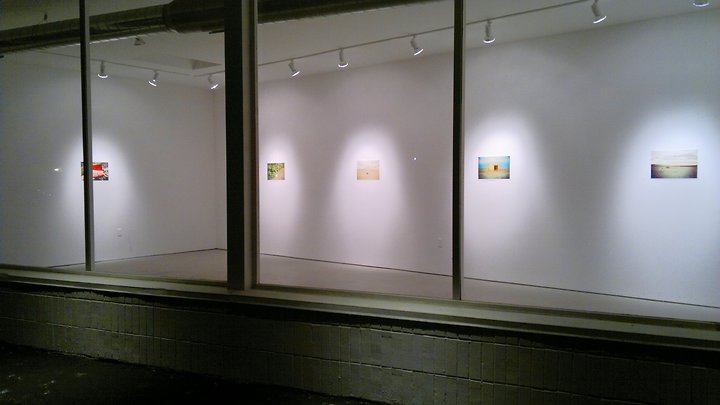
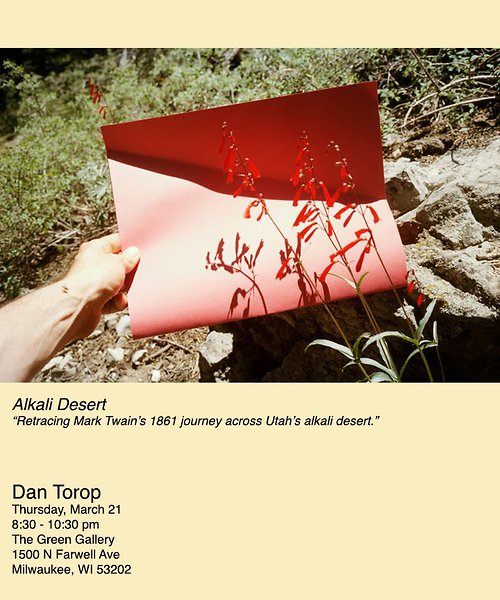

Here are some original notes on the project:
And now we entered upon one of that species of desert whose concentrated hideousness shames the diffused and diluted horrors of Sahara—an “alkali” desert.
– Mark Twain, Roughing It, Chapter XVIII
I plan to explore the western Utah stagecoach route as both a historical relic and a metaphor. By traveling the desert in which Twain suffered, I seek a framework to understand our civilization’s plunge into the virtual.
Twain traveled west as abstractions were supplanting the physical landscape of the West. Stagecoaches posited the journey as a set of contractually managed units. The riders of the Pony Express flitted between support stations to deliver commercial and government documents. Once entrepreneurs strung telegraph wires, the Express too disappeared. A decade later, the transcontinental railroad supplanted the stagecoach, further separating Western travelers from the solidity of the land.
The Lake Tahoe passage, a bit later in Roughing It, is a helpful meditation on the appeal and dangers of the unreal. Twain describes the mountains “brilliantly photographed” upon the lake, and he is enthralled by the “bright, strong vividness” of objects seen through its water. When he accidentally sets a forest fire, Twain enjoys the “bewildering richness” of its reflection. Some things should remain only in the real: Twain concludes the passage by saying his later visits to Tahoe “will never be recorded in any history.”
I connect Twain’s West with a different frontier a hundred years later: mid-20th century computer science. Researchers such as McCarthy, Thompson, Knuth, and Kay created the glorious abstractions—Lisp, Unix, and a miscellany of algorithms—that have enabled our current detached age, in which city-dwellers shuffle down streets rapt to networked gadgets. Today Salt Lake City is a major site on yet another route – the Internet backbone, whose fiber cables lie beneath Wendover.
Twain’s route passes just south of the Tooele Army Depot, the Tekoi Test Range, and Dugway Proving Grounds. The conflicted history of such current-day military and industrial sites add another thread to a narrative of discovery and dessication.
To understand this interplay, I will revisit the sites of Twain’s 1861 journey. Based on Jaromy Jessop’s recent articles in the Tooele Transcript Bulletin, I have compiled a working map of sites to explore. With the aid of an all wheel drive car, hiking shoes, a camera, and a notebook, I plan to engage in a relatively detailed exploration of this terrain. This research will become a series of images and text which will help elucidate not just Twain’s journey, but also our insidious contemporary detachment from the world.
The Triple Canopy article Tahoe Passage is the first of a series of outgrowths of the Alkali Desert project. The installation of materials in Wendover is a summation of work done in 2011 and printed over succeeding months. With the aid of a fellowship from the MacDowell Colony, I spent June, 2013 working on an edit of this material for upcoming presentation/publication. In Spring, 2014, Traveltainted published my short essay about the stories of Alkali Desert travelers.